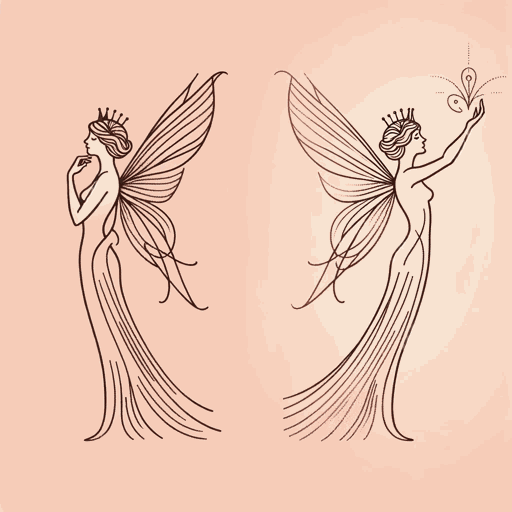39 pages • 1 hour read
Percy Bysshe ShelleyAdonais
Fiction | Poem | Adult | Published in 1821A modern alternative to SparkNotes and CliffsNotes, SuperSummary offers high-quality Study Guides with detailed chapter summaries and analysis of major themes, characters, and more.
Further Reading & Resources
Related Poems
“Lycidas” by John Milton (1637)
Shelley’s poem is often compared to this titanic work, a pastoral elegy that became an iconic work of British literature. Shelley clearly has Milton’s elegy in mind—Milton himself appears as a cameo, invited to mourn the death of Keats. Like Shelley, Milton, in struggling with the death of a friend, a minister, contemplates the nature of grief, the reality of the soul, and the role a Christian God plays in the drama of mortality.
“In Memoriam” by Alfred, Lord Tennyson (1850)
An example of a Victorian, rather than a Romantic, elegy, Tennyson’s massive work about the death of college chum reflects that era’s stoic conception of death, the logic of grief, the pointlessness of regret, and the difficult but inevitable movement toward acceptance. The poem is best known for its lines, “‘Tis better to have loved and lost / Than never to have loved at all” (Canto XXVII, Lines 15-16).
“Endymion” by John Keats (1818)
Did “Endymion” kill Keats? The poem, or more precisely the mixed reception this poem received at the hands of establishment critics in London, shapes the argument of “Adonais.” At his pettier moments, Shelley suspected that Keats, although younger, was a far better poet than he was and a far more important figure than anyone recognized.
Related Titles
By Percy Bysshe Shelley

A Defence of Poetry
Percy Bysshe Shelley

Alastor; or, The Spirit of Solitude
Percy Bysshe Shelley

Mont Blanc: Lines Written in the Vale of Chamouni
Percy Bysshe Shelley

Mutability
Percy Bysshe Shelley

Ode to the West Wind
Percy Bysshe Shelley

Ozymandias
Percy Bysshe Shelley

Prometheus Unbound
Percy Bysshe Shelley

Queen Mab: A Philosophical Poem
Percy Bysshe Shelley

The Masque of Anarchy
Percy Bysshe Shelley

The Triumph of Life
Percy Bysshe Shelley

To a Skylark
Percy Bysshe Shelley

